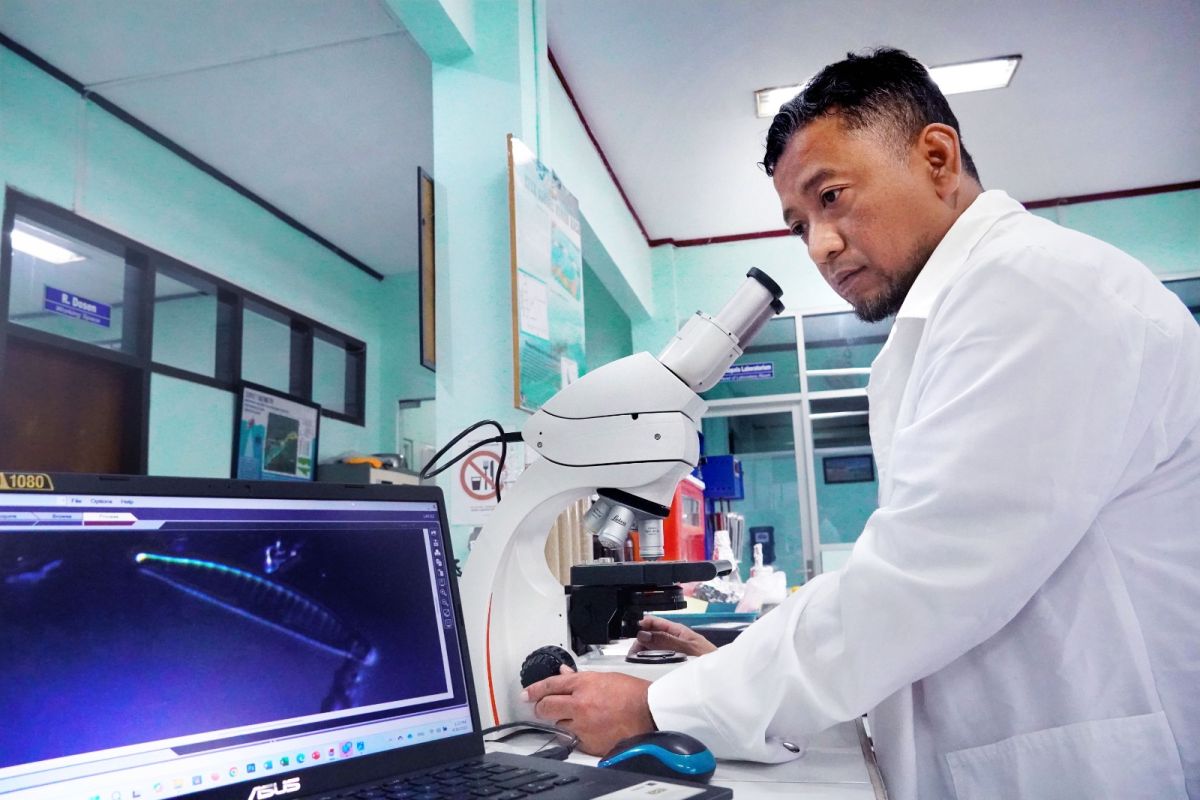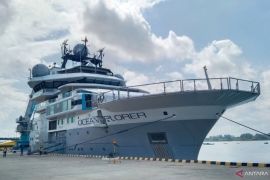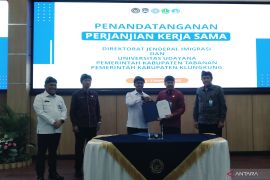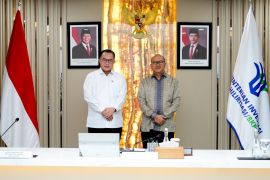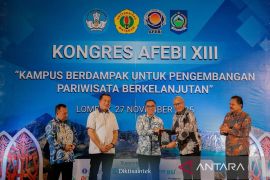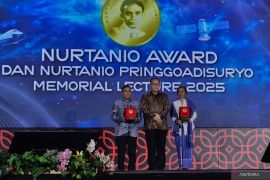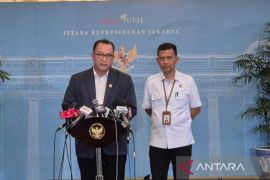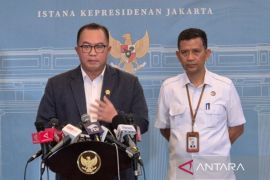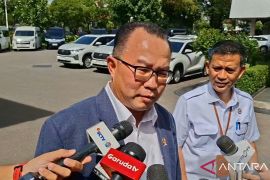"The newly identified microalgae genera are Paracatenula and Wallaceago," head of the research team and lecturer at UB’s Faculty of Fisheries and Marine Sciences, Oktiyas Muzaky Luthfi stated in Malang, East Java, on Friday.
The genus name Wallaceago was chosen to honor Alfred Russel Wallace -- a renowned naturalist, explorer, geographer, anthropologist, and expert on species distribution.
Each of the two new genera also includes newly identified species: Paracatenula porostriata and Wallaceago porostriatus.
Discovered near Bawean Island, Paracatenula porostriata is characterized by a circular shell structure with small pores and a flat valve.
Meanwhile, Wallaceago porostriatus, found in Tomini Bay, has valves that are partially diamond-shaped with fine lines on the lower surface.
These discoveries have already been published in an international scientific journal.
In addition to Paracatenula and Wallaceago, the UB team also identified several new species within the genera Catenula and Catenulopsis.
According to a summary of the published journal, four new species were found in the genus Catenula: Catenula boyanensis, Catenula komodensis, Catenula decusa, and Catenula densestriata.
These species were discovered in Bawean Island, Tiga Warna Beach in Malang, East Java, and Tomini Bay, Central Sulawesi.
One more species identified under the genus Catenulopsis was named Catenulopsis baweana.
"We discovered it in Bawean, which is why it is named baweana," Luthfi explained.
The research and identification process took place from 2021 to 2024, using both light microscopy and scanning electron microscopy (SEM) for morphological analysis.
Researchers explored the diversity of diatoms from sediment and fragments of dead coral in reef environments.
The study involved collaboration with several universities from different countries, including the University of Szczecin and the University of Rzeszów in Poland, as well as the University of Michigan in the United States.
Luthfi emphasized that the discovery is important for sustaining life on Earth, as microalgae not only form the foundation of the food chain but also play a vital role in oxygen production.
"Microalgae are responsible for generating 20 percent of the Earth’s oxygen," he noted.
He remarked that this discovery provides a foundation for monitoring marine environments, studying tropical aquatic ecology, and conducting paleoecological research.
"This proves that Indonesia’s oceans harbor an abundance of microscopic life that we have yet to fully understand," he concluded.
Related news: BRIN backs use of microalgae as food source in Indonesia
Related news: Indonesia pushes microalgal biotechnology for high-value products
Reporter: Ananto Pradana, Aditya Eko Sigit Wicaksono
Editor: Primayanti
Copyright © ANTARA 2025
